Related Research Articles

Sir Robert Stout was a New Zealand politician who was the 13th Premier of New Zealand on two occasions in the late 19th century, and later Chief Justice of New Zealand. He was the only person to hold both these offices. He was noted for his support of liberal causes such as women's suffrage, and for his strong belief that philosophy and theory should always triumph over political expediency.
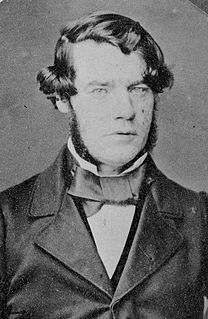
John Williamson was a New Zealand politician, printer and newspaper proprietor.

The New Zealand general election of 1875–1876 was held between 20 December 1875 and 29 January 1876 to elect a total of 88 MPs in 73 electorates to the 6th session of the New Zealand Parliament. The Māori vote was held on 4 and 15 January 1876. A total of 56,471 voters were registered.
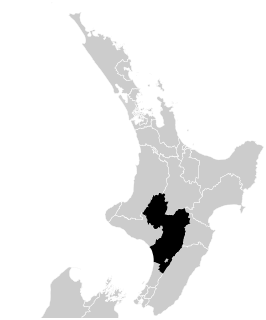
Rangitīkei is a New Zealand parliamentary electorate, returning one Member of Parliament to the New Zealand House of Representatives. The current MP for Rangitīkei is Ian McKelvie of the National Party. He has held this position since 2011.

Charles Bonython Borlase was Mayor of Wellington, New Zealand in 1874. He had been a member of the first Wellington Town Board in 1863, and a Councillor to 1874. He held the position of Provincial Solicitor from 1857 until his death in 1875.
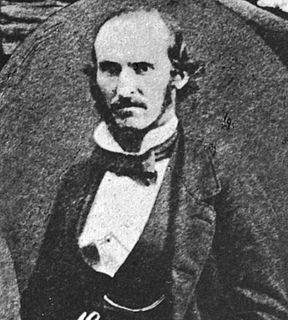
Thomas Bannatyne Gillies was a 19th-century New Zealand lawyer, judge and politician.
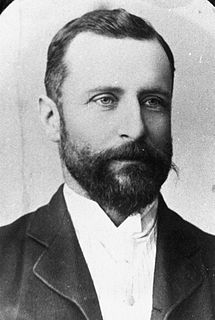
Sir James Mills was a New Zealand businessman and politician. He founded the Union Steam Ship Company in Dunedin in 1875.
Jeremiah Connolly was an Independent Liberal Member of Parliament for Mid-Canterbury, in the South Island of New Zealand.
Lyttelton is a former New Zealand parliamentary electorate. It existed from 1853 to 1890, and again from 1893 to 1996, when it was replaced by the Banks Peninsula electorate.
Arthur John Burns was a prominent early settler of Otago, New Zealand, a member of the Otago Provincial Council, a member of the New Zealand House of Representatives and founder of the Mosgiel Woollen Company, Dunedin.
The former New Zealand parliamentary electorate on the western inner city of Auckland, was known as City of Auckland West from 1861 to 1890, and then Auckland West from 1905 to 1946.
Thames is a former New Zealand electorate, in the Thames-Coromandel District. It existed from 1871 to 1946.
Waikouaiti was a parliamentary electorate in the Otago region of New Zealand, from 1866 to 1908.
Gladstone was a parliamentary electorate in the Canterbury region of New Zealand, from 1866 to 1890.
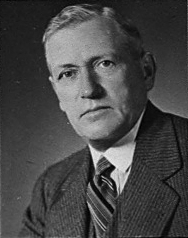
Charles Harris Burnett was a New Zealand politician of the Labour Party.
Waikaia was a parliamentary electorate in the Southland region of New Zealand, from 1871 to 1881, and then from 1887 to 1890.

Robert James Creighton was a 19th-century Member of Parliament in the Auckland Region, New Zealand.
William Turnbull Swan (1828–1875) was a 19th-century Member of Parliament in Auckland, New Zealand. He was from Birmingham, England.

Archibald Clark was a Scottish 19th-century Member of Parliament in the Auckland Region, New Zealand. He was the first Mayor of Auckland in 1851. His company, Archibald Clark and Sons, manufactured clothing and was a wholesaler.
The 6th New Zealand Parliament was a term of the Parliament of New Zealand.
References
- ↑ Wilson, James Oakley (1985) [First ed. published 1913]. New Zealand Parliamentary Record, 1840–1984 (4th ed.). Wellington: V.R. Ward, Govt. Printer. p. 244. OCLC 154283103.
- ↑ "Invercargill". Wanganui Chronicle. XVIII (2801). 17 July 1875. p. 2. Retrieved 1 April 2012.
| New Zealand Parliament | ||
|---|---|---|
| Preceded by Cuthbert Cowan | Member of Parliament for Wallace 1869–1875 | Succeeded by Christopher Basstian |